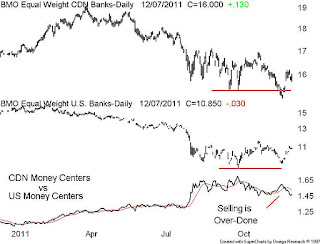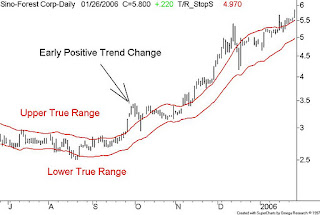This strategy is particularly intense during the during bear market years as investors and portfolio managers lock in capital losses for the current trading year. A portfolio manager will engage in tax loss selling to ensure the overall portfolio does not attract a taxable gain in the event of a small per cent of profitable positions.
Important Dates for 2011
Canadian exchanges are closed Dec 26 & 27, 2011. In order to have a sale transaction settle within the 2011 calendar year in Canada
Any issuer sold cannot be bought back within 30 days, or it will not count as a capital loss. Consider buying a similar investment if you wish to retain exposure to the related sector such as metals, energy or the financials. As an example, if you sold Kinross Gold Corp at a loss you could buy IAMGOLD Corp on the same day. You would be trading a distressed gold stock for another distressed gold stock. If you had a basket of gold stocks to sell you could buy a gold stock related ETF such as the iShares S&P/TSX Global Gold Index Fund (XGD)
IMPORANT: This group has historically printed a significant rally in the first week of the following January. The basket below could produce a one-week return of 15%
Tax Loss Selling Rebound Candidates 14-Dec11
Stocks under $1 and a volume of less than 30,000 are removed









